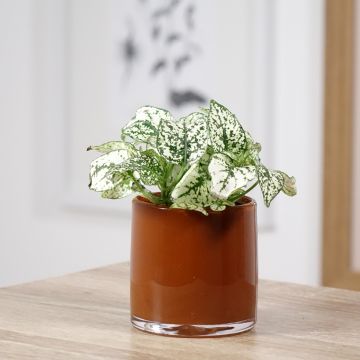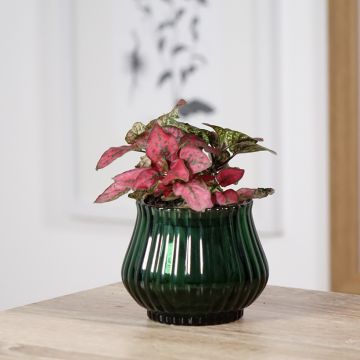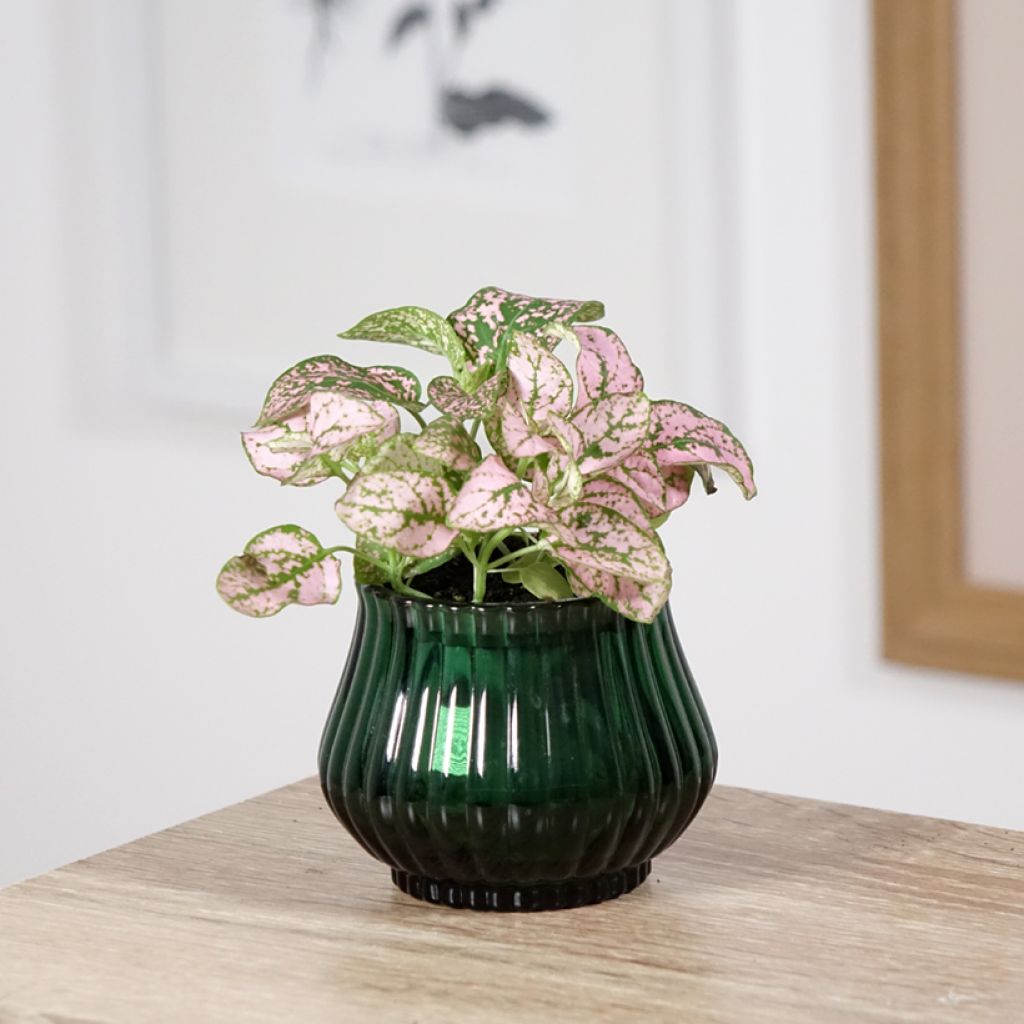

Hypoestes phyllostachya Pink - Polka dot plant
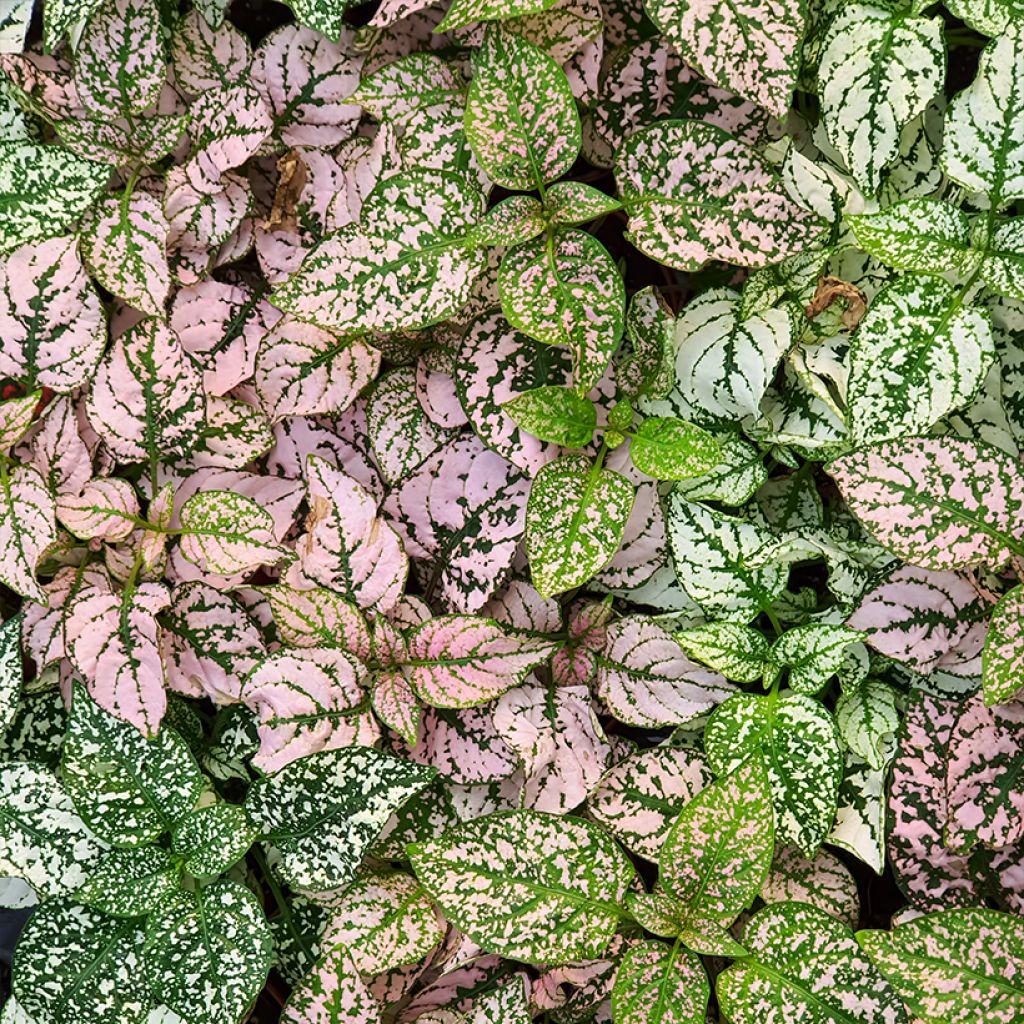

Hypoestes phyllostachya Pink - Polka dot plant
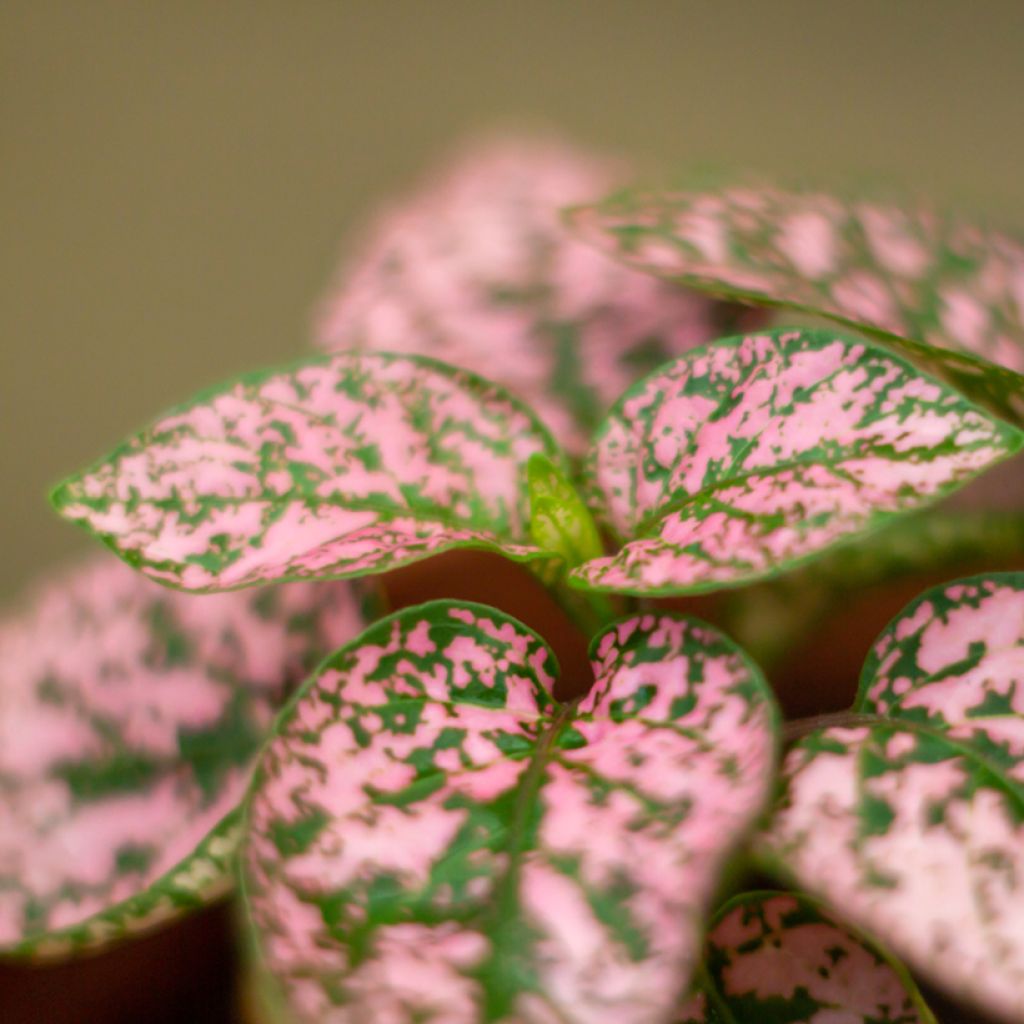

Hypoestes phyllostachya Pink - Polka dot plant
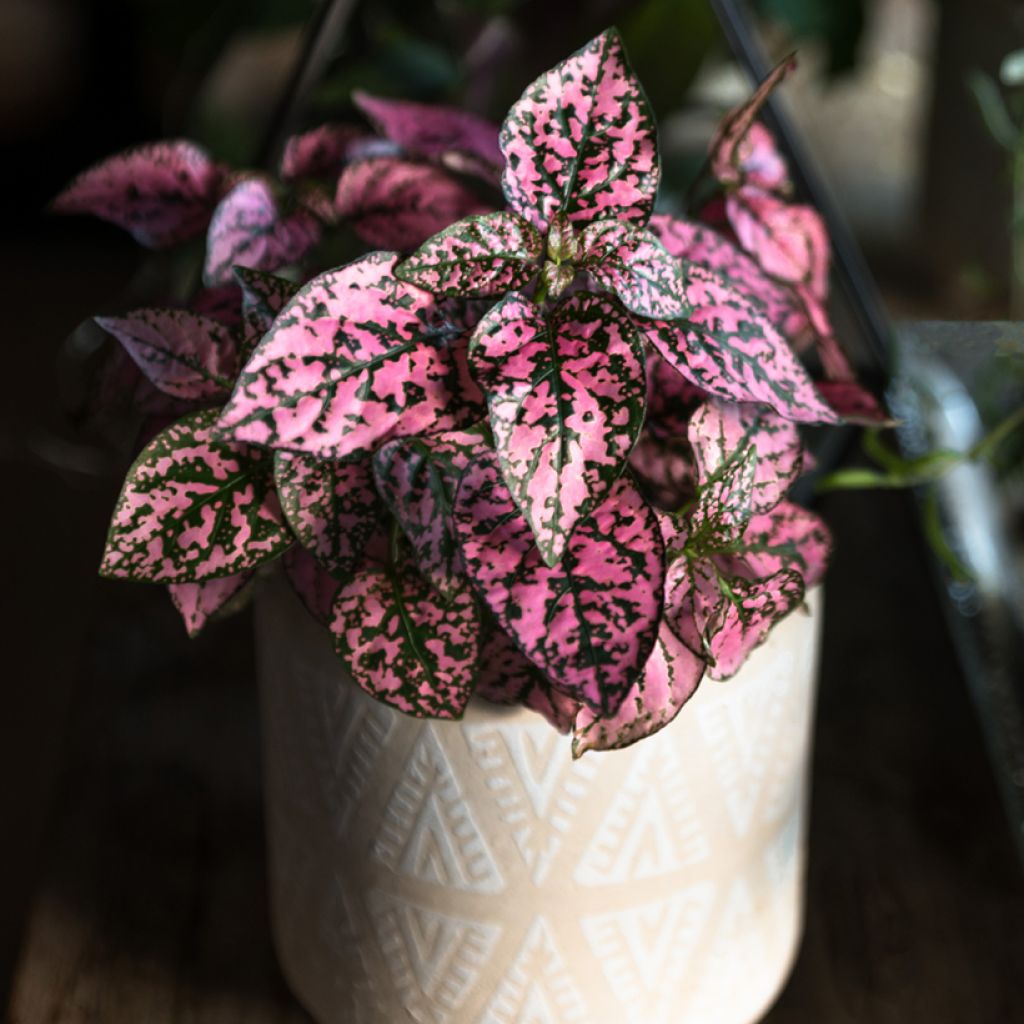

Hypoestes phyllostachya Pink - Polka dot plant
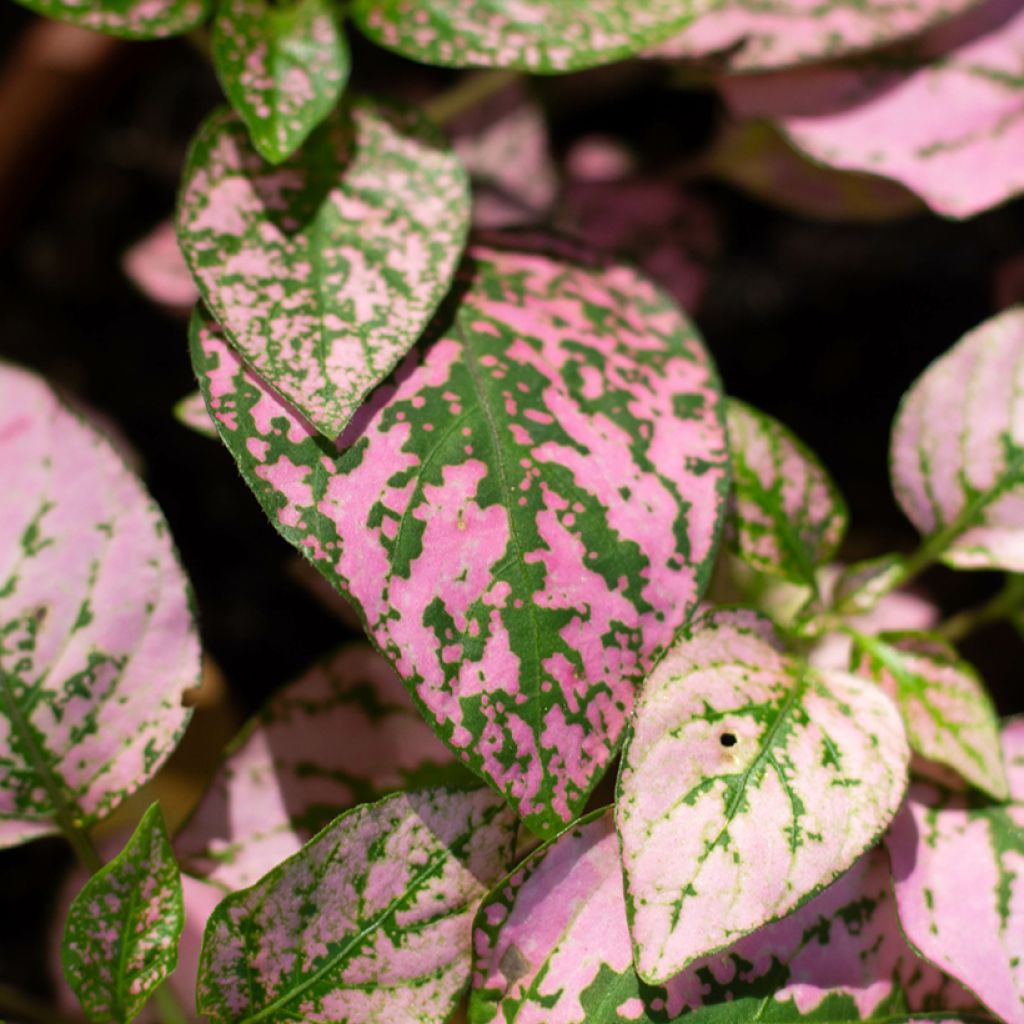

Hypoestes phyllostachya Pink - Polka dot plant
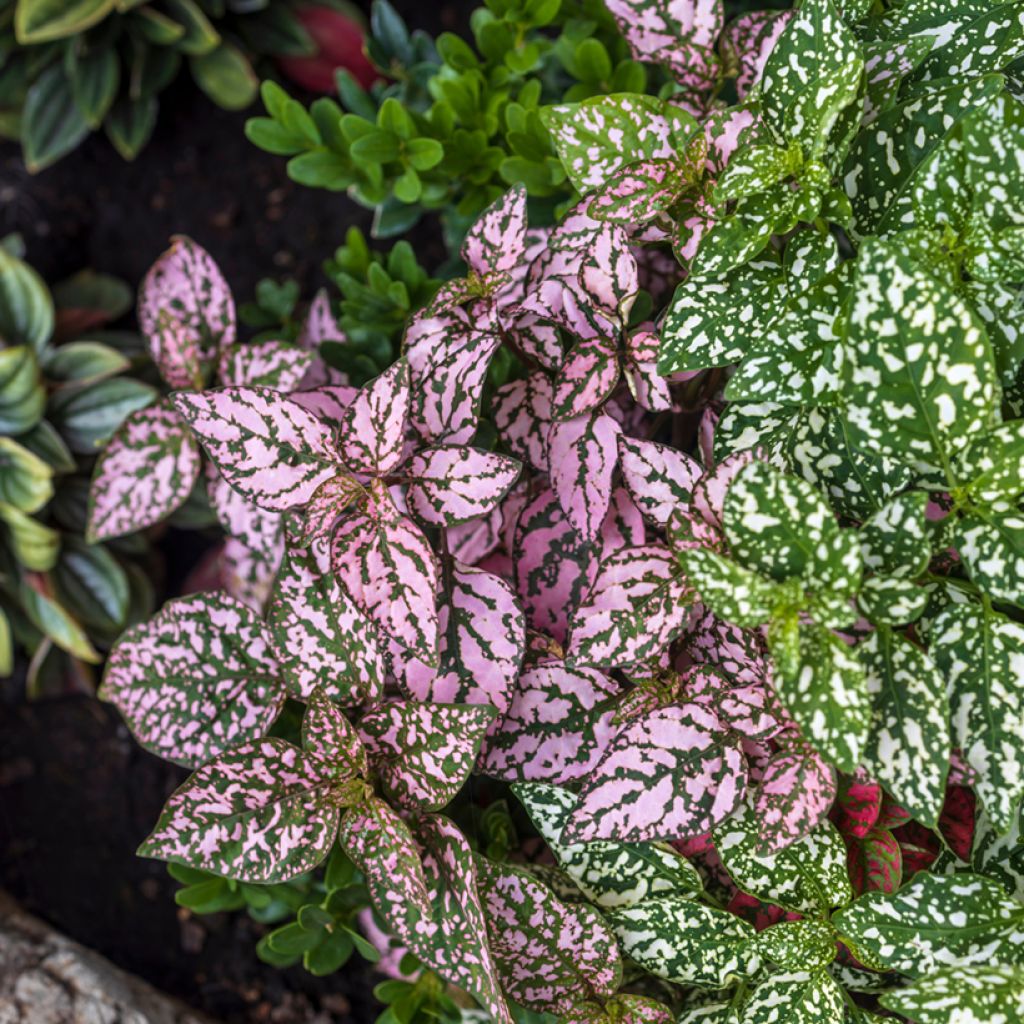

Hypoestes phyllostachya Pink - Polka dot plant
Hypoestes phyllostachya Pink - Polka dot plant
Hypoestes phyllostachya Pink
Polka dot plant, freckle face, measles plant, pink dot, flamingo plant
Special offer!
Receive a €20 voucher for any order over €90 (excluding delivery costs, credit notes, and plastic-free options)!
1- Add your favorite plants to your cart.
2- Once you have reached €90, confirm your order (you can even choose the delivery date!).
3- As soon as your order is shipped, you will receive an email containing your voucher code, valid for 3 months (90 days).
Your voucher is unique and can only be used once, for any order with a minimum value of €20, excluding delivery costs.
Can be combined with other current offers, non-divisible and non-refundable.
Home or relay delivery (depending on size and destination)
Schedule delivery date,
and select date in basket
This plant carries a 30 days recovery warranty
More information
We guarantee the quality of our plants for a full growing cycle, and will replace at our expense any plant that fails to recover under normal climatic and planting conditions.
Description
The Hypoestes phyllostachya 'Pink' or Polka Dot plant is a small tropical wonder that brightens interiors with its delicately coloured foliage. Its generously maculate green leaves with pale pink can adorn a corner of the living room or dress a shelf. This versatile plant fits equally well into modern, bohemian, or minimalist decors. To fully enjoy its colours, place it in a bright spot but away from direct sunlight and ensure moderate ambient humidity. Undemanding, it will forgive the occasional missed watering.
Belonging to the Acanthaceae family, The Hypoestes phyllostachya 'Pink' is a perennial with a bushy and compact habit, reaching 20 to 30 cm in height indoors, with a similar spread. Its slender, ramified stems bear ovate, slightly pointed leaves with a soft texture and deep green colour, adorned with irregular pastel pink spots. Though discreet, its flowering occurs in summer in the form of small tubular lavender-coloured flowers often removed to preserve the plant's energy and encourage foliage development.
Native to the tropical forests of Madagascar, the Hypoestes phyllostachya botanical species thrives in humid and shaded environments. Indoors, it prefers bright conditions without direct sunlight, with an ideal temperature between 15 and 24 °C. It favours a well-draining, slightly moist substrate and moderately humid air. This plant does not tolerate temperatures below 15 °C, limiting its outdoor cultivation to temperate climates or as an annual. Its care is simple: bright light from an east-facing window and regular watering without excess water are the keys to maintaining its beautiful foliage.
The 'Pink' Polka Dot plant provides the perfect touch of tenderness to decorate any room in the house. This variety fits perfectly into a bright living room, a bedroom, or even a modern and minimalist-style office. Placed in a white or pastel ceramic planter, it will become a true decorative object. You can also display it on a wall-mounted shelf, accompanied by other plants with contrasting foliage. In a conservatory or relaxation corner, pair it with natural textiles and light-coloured wooden furniture for a soothing and elegant effect.
Report an error about the product description
Hypoestes phyllostachya Pink - Polka dot plant in pictures
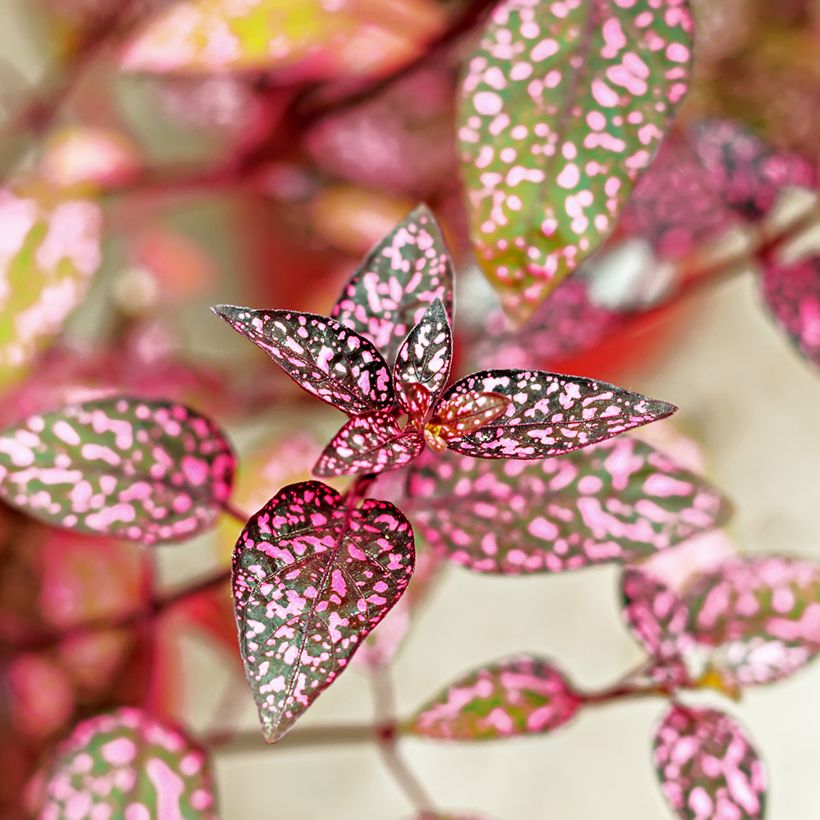



Foliage
Plant habit
Flowering
Botanical data
Hypoestes
phyllostachya
Pink
Acanthaceae
Polka dot plant, freckle face, measles plant, pink dot, flamingo plant
Cultivar or hybrid, Madagascar
Other Hypoestes - Polka dot plant
View all →Location
Location
Maintenance and care
Watering tips
Potting advice, substrates and fertilisers
Houseplant care
Disease and pest advice
Maintenance and care
This item has not been reviewed yet - be the first to leave a review about it.
Haven't found what you were looking for?
Hardiness is the lowest winter temperature a plant can endure without suffering serious damage or even dying. However, hardiness is affected by location (a sheltered area, such as a patio), protection (winter cover) and soil type (hardiness is improved by well-drained soil).

Photo Sharing Terms & Conditions
In order to encourage gardeners to interact and share their experiences, Promesse de fleurs offers various media enabling content to be uploaded onto its Site - in particular via the ‘Photo sharing’ module.
The User agrees to refrain from:
- Posting any content that is illegal, prejudicial, insulting, racist, inciteful to hatred, revisionist, contrary to public decency, that infringes on privacy or on the privacy rights of third parties, in particular the publicity rights of persons and goods, intellectual property rights, or the right to privacy.
- Submitting content on behalf of a third party;
- Impersonate the identity of a third party and/or publish any personal information about a third party;
In general, the User undertakes to refrain from any unethical behaviour.
All Content (in particular text, comments, files, images, photos, videos, creative works, etc.), which may be subject to property or intellectual property rights, image or other private rights, shall remain the property of the User, subject to the limited rights granted by the terms of the licence granted by Promesse de fleurs as stated below. Users are at liberty to publish or not to publish such Content on the Site, notably via the ‘Photo Sharing’ facility, and accept that this Content shall be made public and freely accessible, notably on the Internet.
Users further acknowledge, undertake to have ,and guarantee that they hold all necessary rights and permissions to publish such material on the Site, in particular with regard to the legislation in force pertaining to any privacy, property, intellectual property, image, or contractual rights, or rights of any other nature. By publishing such Content on the Site, Users acknowledge accepting full liability as publishers of the Content within the meaning of the law, and grant Promesse de fleurs, free of charge, an inclusive, worldwide licence for the said Content for the entire duration of its publication, including all reproduction, representation, up/downloading, displaying, performing, transmission, and storage rights.
Users also grant permission for their name to be linked to the Content and accept that this link may not always be made available.
By engaging in posting material, Users consent to their Content becoming automatically accessible on the Internet, in particular on other sites and/or blogs and/or web pages of the Promesse de fleurs site, including in particular social pages and the Promesse de fleurs catalogue.
Users may secure the removal of entrusted content free of charge by issuing a simple request via our contact form.
The flowering period indicated on our website applies to countries and regions located in USDA zone 8 (France, the United Kingdom, Ireland, the Netherlands, etc.)
It will vary according to where you live:
- In zones 9 to 10 (Italy, Spain, Greece, etc.), flowering will occur about 2 to 4 weeks earlier.
- In zones 6 to 7 (Germany, Poland, Slovenia, and lower mountainous regions), flowering will be delayed by 2 to 3 weeks.
- In zone 5 (Central Europe, Scandinavia), blooming will be delayed by 3 to 5 weeks.
In temperate climates, pruning of spring-flowering shrubs (forsythia, spireas, etc.) should be done just after flowering.
Pruning of summer-flowering shrubs (Indian Lilac, Perovskia, etc.) can be done in winter or spring.
In cold regions as well as with frost-sensitive plants, avoid pruning too early when severe frosts may still occur.
The planting period indicated on our website applies to countries and regions located in USDA zone 8 (France, United Kingdom, Ireland, Netherlands).
It will vary according to where you live:
- In Mediterranean zones (Marseille, Madrid, Milan, etc.), autumn and winter are the best planting periods.
- In continental zones (Strasbourg, Munich, Vienna, etc.), delay planting by 2 to 3 weeks in spring and bring it forward by 2 to 4 weeks in autumn.
- In mountainous regions (the Alps, Pyrenees, Carpathians, etc.), it is best to plant in late spring (May-June) or late summer (August-September).
The harvesting period indicated on our website applies to countries and regions in USDA zone 8 (France, England, Ireland, the Netherlands).
In colder areas (Scandinavia, Poland, Austria...) fruit and vegetable harvests are likely to be delayed by 3-4 weeks.
In warmer areas (Italy, Spain, Greece, etc.), harvesting will probably take place earlier, depending on weather conditions.
The sowing periods indicated on our website apply to countries and regions within USDA Zone 8 (France, UK, Ireland, Netherlands).
In colder areas (Scandinavia, Poland, Austria...), delay any outdoor sowing by 3-4 weeks, or sow under glass.
In warmer climes (Italy, Spain, Greece, etc.), bring outdoor sowing forward by a few weeks.






























